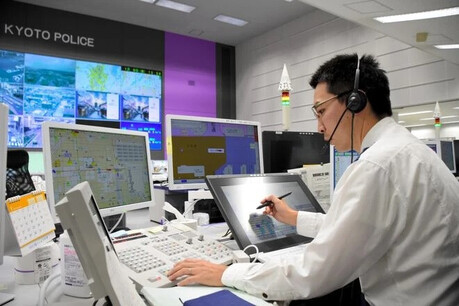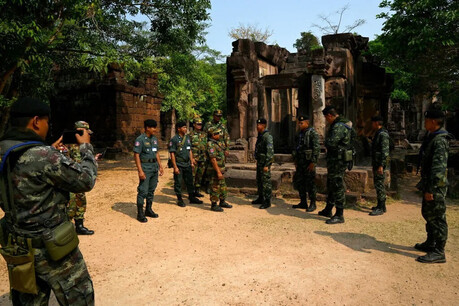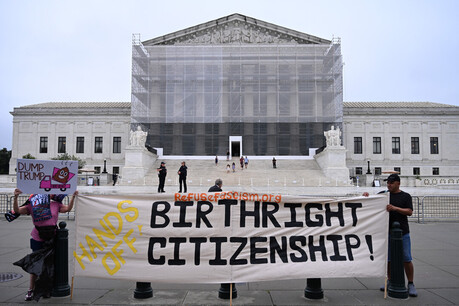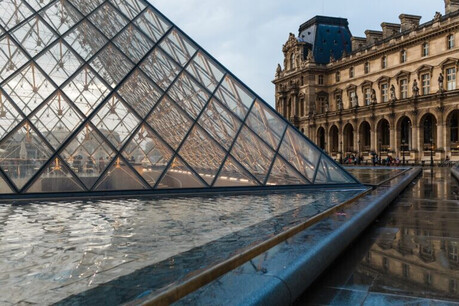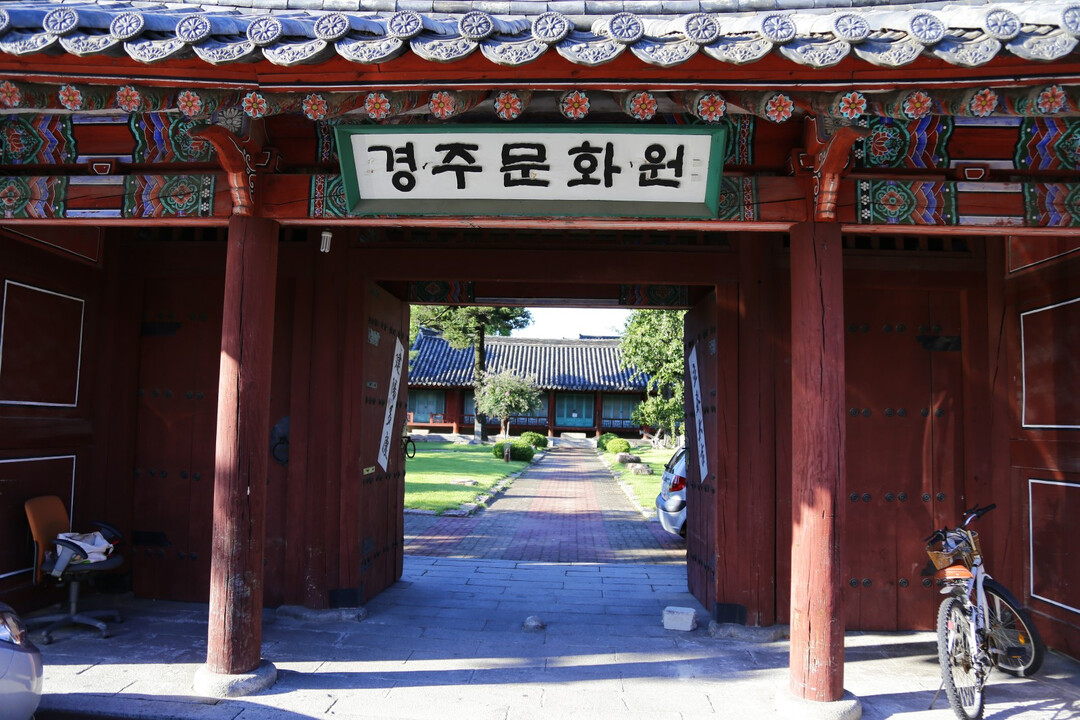
Gyeongju, the ancient capital of the Silla Kingdom, is a city where history breathes. Amidst its famous temples, royal tombs, and scenic landscapes, a quieter, yet equally profound, cultural treasure awaits: the Gyeongju Cultural Center. This institution, situated discreetly behind the Gyeongju Courthouse, offers a unique window into the city's multifaceted past, from its glorious Silla-era heritage to its more recent, and at times turbulent, history.
The building itself is a historical artifact. Constructed during the Japanese colonial period, it originally served as the Gyeongju branch of the Joseon Government-General Museum. This period of its existence is a poignant reminder of the colonial influence that once swept the Korean peninsula. Following liberation, the building continued its mission as a museum, becoming the primary home for Gyeongju's most precious relics until the National Gyeongju Museum relocated to its modern facility. Today, the center's architectural style, a blend of traditional Korean design and early 20th-century construction, serves as a testament to the layers of history it has witnessed.
A walk through the center's grounds reveals more than just a building; it's a journey through time. To the left of the main entrance stands a solitary belfry, a structure that once cradled one of Korea's most significant cultural assets: the Divine Bell of King Seongdeok. Known for its exquisite craftsmanship and the hauntingly beautiful sound that gave it the nickname "Emille Bell," this national treasure now resides safely in the National Gyeongju Museum. Yet, the empty belfry remains, a silent sentinel that invites visitors to imagine the resonant chimes that once filled the air, a spiritual heartbeat for the ancient city.
The old administrative building, a well-preserved structure with a serene garden, has been repurposed as the Local History Museum. Inside, a rich collection of artifacts and documents chronicles the city's evolution, particularly during the Joseon Dynasty. Exhibits feature detailed restoration maps of the Gyeongju-eupseong Fortress, allowing one to visualize the city's historical layout and defensive structures. These displays provide context to the countless archaeological sites and monuments scattered throughout Gyeongju, weaving together the story of a city that has continuously reinvented itself while holding fast to its roots.
Beyond the museum, the grounds hold another natural monument of immense significance: the Dongbu-dong Ginkgo Tree. Designated as Gyeongsangbuk-do Monument No. 66, this colossal tree, estimated to be over 500 years old, stands as a living link to the past. Its broad canopy and majestic presence offer a sense of scale and permanence, dwarfing the surrounding buildings and providing a serene, contemplative space. It’s a powerful symbol of Gyeongju's resilience and enduring spirit, a quiet witness to centuries of history unfolding at its base.
The Gyeongju Cultural Center is more than just a historical site; it's a vital community hub. It hosts cultural events, exhibitions, and educational programs that keep the city's traditions alive for a new generation. By preserving its physical and cultural heritage, the center ensures that the stories of Gyeongju, from its imperial past to its colonial scars and its modern-day revitalization, continue to be told. It's a place where the grandeur of Silla meets the realities of a living, breathing city, offering visitors a profound and intimate experience of Gyeongju's timeless soul.
[Copyright (c) Global Economic Times. All Rights Reserved.]
















